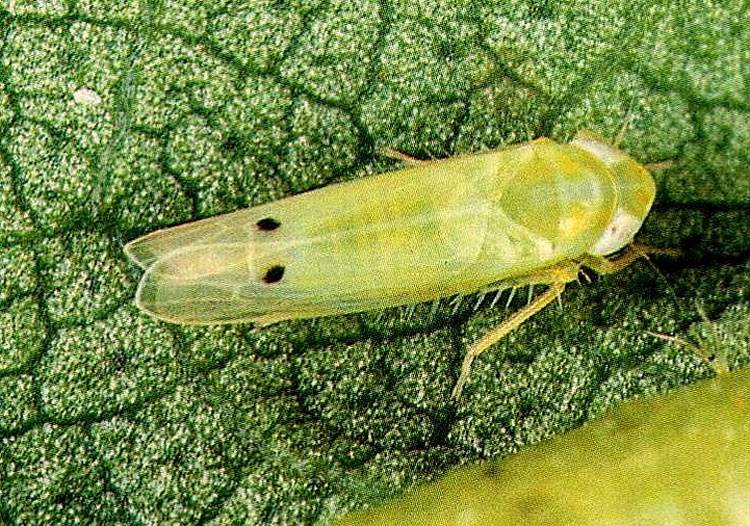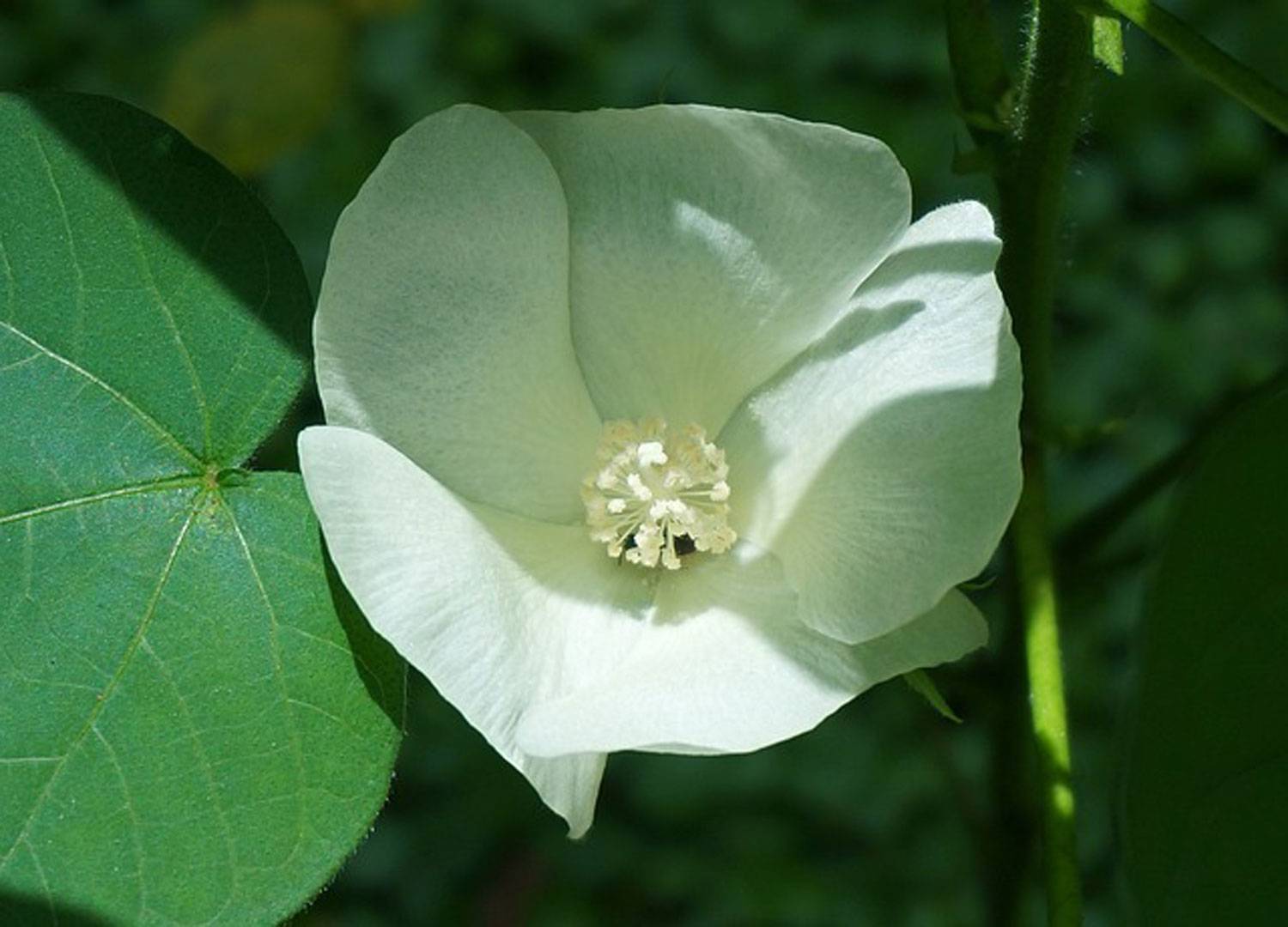Cotton
Jassids

Jassids
Amrasca beguttula beguttula

Jassids
Amrasca beguttula beguttula
Leafhoppers, also known as jassids, are destructive sucking pests that significantly affect crops. Thriving in warm and moderately dry conditions, they pose a serious threat by feeding on plant sap, causing damage to leaves and overall plant health. Their ability to multiply rapidly and adapt to adverse conditions makes them a persistent pest.
Key Information About Leafhoppers
1. Symptoms of Damage
- Initial yellowing of leaves.
- Curling and crinkling of leaf edges.
- Drying and death of leaf tips and margins.
- Leaves may take on a bronze appearance with severe infestation.
2. Behavior and Lifecycle
- Behavior:
- Leafhoppers jump or hop to avoid disturbance, especially in cooler temperatures.
- Ants may tend some species due to honeydew production.
- Egg-Laying:
- Females lay 2–3 eggs per day for 30–50 days in plant stems.
- Eggs hatch in 6–9 days.
- Nymph Development:
- Nymphs undergo five molts before becoming adults in about two weeks.
- They primarily feed on the underside of leaves.
- Adult Longevity:
- Adults live 5–8 weeks, and 10–12 overlapping generations can occur annually.
- Mating begins 2–16 days after emergence, with oviposition starting 2–7 days post-copulation.
- Adaptability:
- No true hibernation; adults can survive adverse weather conditions.
3. Ideal Conditions for Development
- Temperature Range:
- Optimal: 27–36°C.
- Development ceases below 12–15°C and above 29°C.
- Humidity:
- Relative humidity below 75% favors multiplication.
- Weather Impact:
- Cloudy weather promotes pest appearance.
- Heavy monsoon rains reduce populations.
Management Strategies
- Cultural Controls:
- Maintain proper plant spacing and weed control to reduce pest habitats.
- Use resistant cucumber varieties if available.
- Biological Controls:
- Promote natural predators like lady beetles and lacewings.
- Chemical Controls:
- Apply recommended insecticides during early pest stages to manage populations.
- Monitoring:
- Regular scouting for symptoms on leaves and pest presence under leaves can aid in timely intervention.
Conclusion
Leafhoppers are a persistent pest in cucumber crops, particularly under warm and dry conditions. Effective management involves a combination of cultural practices, biological controls, and targeted chemical treatments to minimize their impact and protect yields.
Blog
Explore Our Blog


